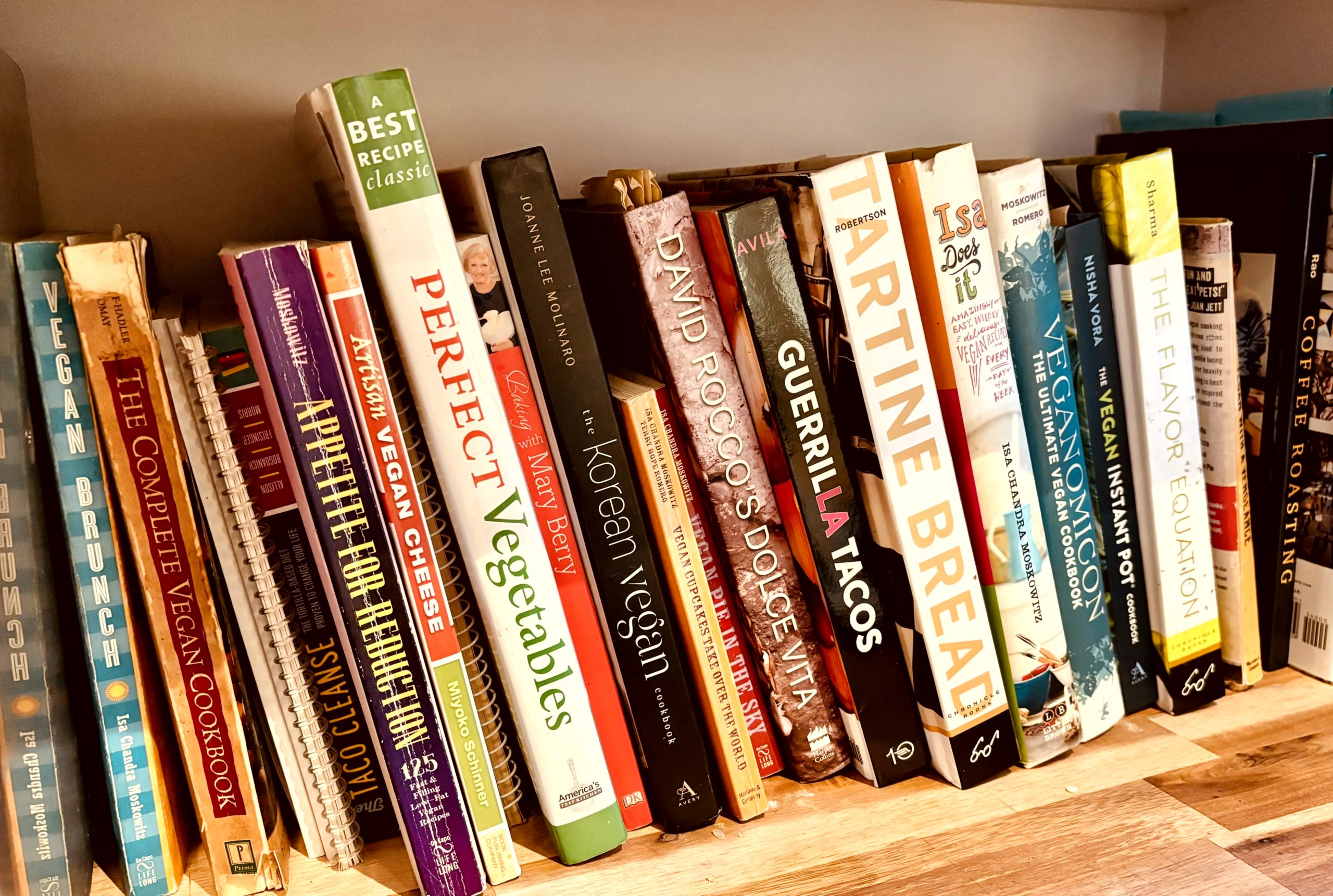Author: Jill Murray
-

What if we actually COOKED FROM our cookbooks?
One of the small things I was most excited about when we moved into this house was having a cookbook shelf actually in the kitchen. Now I would truly have everything. So naturally the first thing I did after moving in was start working more overtime, and cooking less. The books at least, had a…